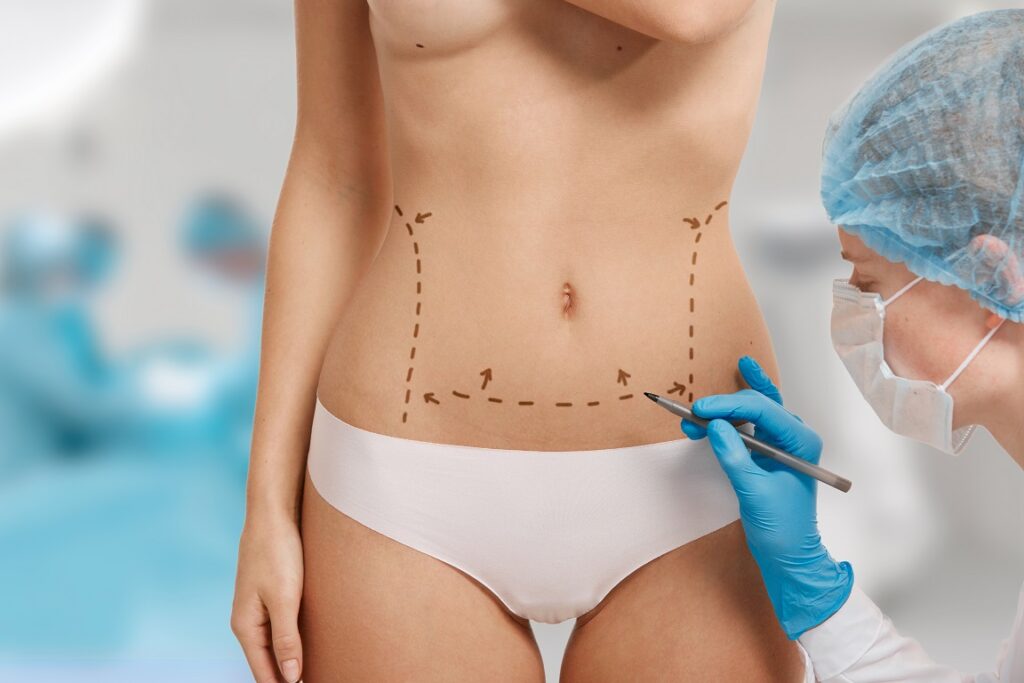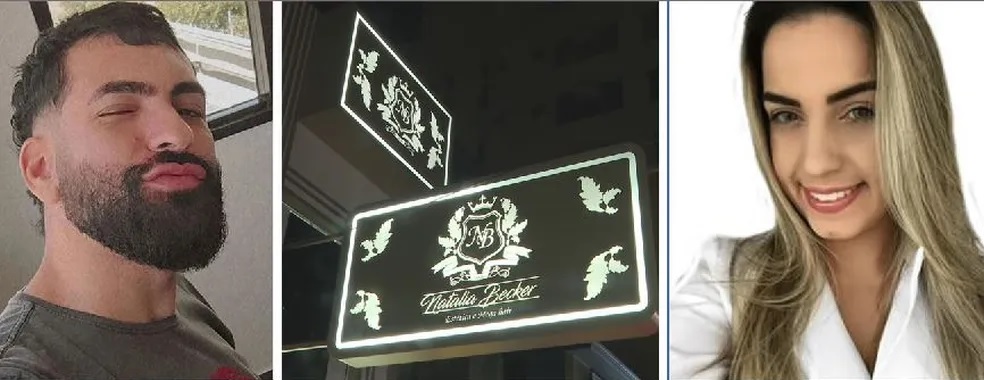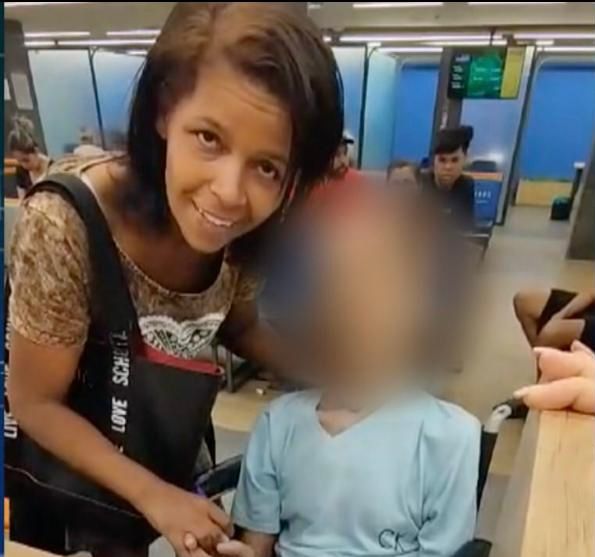São Paulo, Brazil – At 15 years old, Brazilian psychologist Alexandre Yomatsu de Paula Okumoto began suffering from severe acne, which significantly impacted his self-esteem. He tried treatments with creams, lasers, pulsed light, and even antibiotics, but even when he managed to control the blemishes, he continued to struggle with the scars.
As a result, he turned to aesthetic treatments such as diamond and Mediterranean Sea peelings, in addition to microneedling sessions with hyaluronic acid. Although these helped reduce the scars, Okumoto’s skin never returned to its original state, and he believes he will need to undergo these procedures repeatedly throughout his life.
Okumoto acknowledges that his decision to undergo aesthetic treatments was strongly influenced by issues of self-esteem and social pressure. “There is a huge aesthetic pressure to meet a specific beauty standard, especially in the LGBTQIA+ community, where you need to have the perfect body, perfect teeth, perfect skin. But we almost never manage to meet these standards,” he told Brazil Reports.
The search for acceptance, both from himself and others, fuels the desire to improve his appearance. “When we look in the mirror and see a flaw, it’s very painful. Today, what drives me to undergo aesthetic procedures is to feel better about my skin, to look in the mirror and not see the flaws. It’s something that is so internalized in me that it’s difficult to break.”
Just like Okumoto, there are thousands of Brazilians seeking aesthetic treatments to correct what they consider flaws in their appearance. Brazil counts the second-highest number of plastic surgeries in the world behind the United States, according to data from the International Society of Aesthetic Plastic Surgery (ISAPS).
At least 1.5 million plastic surgeries are made annually in Brazil, with 57% being aesthetic and 43% reconstructive, according to the Brazilian Society of Plastic Surgery (SBCP). The Brazilian market is so active that hundreds of foreigners come to the country only for plastic surgeries: at least 7% of annual procedures (more than 100,000) are made on foreigners.
Regarding non-surgical aesthetic treatments, the growth is even higher: 56% between 2020 and 2022, which also makes Brazil the second country in the world ranking of non-invasive treatments. Among the most sought-after procedures, according to ISAPS, are botox, hyaluronic acid-based facial fillers, laser hair removal, collagen bio-stimulators, and fat reduction treatments through the freezing of adipose tissue cells.
But with so much demand, the risks to patients are also increasing.

The death of a young man following an aesthetic procedure earlier this month in São Paulo reignited discussions about booking treatments with unqualified professionals, often without medical training, or in clinics that lack the structure to handle emergency situations.
According to Carolina Marçon, a dermatologist from the Brazilian Society of Dermatology (SBD), all invasive procedures or those that cause any physiological or anatomical changes to the skin’s characteristics must be performed only by a doctor. This is due to both the significant importance of a thorough and rigorous preliminary evaluation and the potential complications that only a doctor is qualified to handle.
“The procedure is not just the act of injecting or applying a product, but involves an evaluation both before and after, as well as subsequent follow-up. It is very important to seek a dermatologist, who has the knowledge to treat skin changes,” she told Brazil Reports.
A death at an upscale aesthetic clinic in São Paulo
On June 3, 27-year-old businessman Henrique Silva Chagas died after undergoing a phenol peeling at an aesthetic clinic in an upscale area of São Paulo. He booked the treatment with an aesthetician and influencer with more than 200,000 followers on social media, Natalia Fabiana de Freitas Antônio, known as Natalia Becker, at a cost of R$ 4,500 (USD $900).
Phenol peeling is a procedure recommended for treating severe facial aging. When performed correctly and according to guidelines, it yields results in collagen production and a significant reduction in wrinkles and spots, as it completely rejuvenates the skin.
However, since it is an invasive procedure involving a toxic substance, complications may occur, such as intense pain, changes in skin color and even unpredictable cardiac issues, regardless of the phenol concentration, application method, and depth reached in the skin.
In Chagas’ case, he fell ill a few minutes after the peeling procedure. He reported shortness of breath and tremors, according to his boyfriend, Marcelo Camargo, who accompanied him. The clinic called an ambulance, but when the medical team arrived, they confirmed he was dead.

On the same day, police began an investigation and closed Natalia Becker’s clinic for allegedly not having authorization to perform phenol peeling. The investigators’ hypothesis is that Chagas may have had an allergic reaction and died from “anaphylactic shock.”
The aesthetician was heard by the police and called the case a “tragedy.”
“I am very saddened by what happened. I feel very sorry. It has destroyed my life. I never intended to harm him,” Becker said after leaving the police station. So far, she has not been arrested.
Police are considering the possibility of pressing charges for homicide with eventual intent, which, according to Brazilian law, is when a person does not intend to kill but assumes the risk, given that the influencer allegedly lacked proper training to use phenol.
Her lawyer, Tatiana Forte, said that Becker took an online course at the end of 2023 to learn how to apply phenol. “It was a free course, organized by a pharmacist, and it specified the amounts of phenol and how it can be used. So, it’s a simple procedure,” said the lawyer.
However, medical associations have a different opinion and argue that only doctors should apply phenol, as it is an invasive procedure with the risk of causing severe reactions.
The Regional Medical Council of São Paulo (Cremesp) stated that invasive procedures, such as phenol peeling, “should only be made by doctors”, and the practice by non-medical personnel represents an “unacceptable risk to public health.”
The Brazilian Society of Dermatology (SBD) stated that phenol peeling requires extreme caution. “It is essential that the procedure be conducted by qualified doctors, preferably in a hospital environment, with the patient properly anesthetized and under cardiac monitoring.”

What can patients do?
Marçon highlights the importance of consulting a dermatologist before undergoing any aesthetic procedure, no matter how simple it may seem. She also advised verifying if the doctor has specialist certification: “For all invasive procedures that involve injectables, which have a more aggressive action, it is ideal for the patient to have guidance from a specialist.”
Guidance is even more important when considering that the public seeking aesthetic procedures in Brazil is increasingly younger. According to the market analysis firm HSR, 80% of people aged 18 to 25 want to undergo some treatment. This number drops to 60% among those in their 40s, and to 40% among people over 60.
And it is precisely the younger generation that most seeks information on social media and can be attracted by less qualified professionals. According to Marçon, social media often displays misleading information, with people presenting themselves as specialists without having the proper credentials, as was the case with influencer Natalia Becker.
“This allows people without proper training to position themselves as authorities and show results that are not real, using many before-and-after images that have been manipulated. This creates a desire and a need in the people who see the content. But if the person lacks discernment, they may fall into a trap, putting their health and life at risk,” said the doctor.

It’s also important to research the clinic before scheduling any procedure. That’s what instructor Luzicleia de Azevedo Chaves did before a crystal peeling to reduce freckles and spots on her face. “I checked if other patients were satisfied and if the clinic had authorizations. I liked the result and had no complications,” she told Brazil Reports.
Lawyer Cindia Moraca underwent a micro-focused ultrasound treatment to stimulate collagen and reduce facial sagging at a clinic recommended by a friend. However, she was not completely satisfied with the service and the information provided after the procedure, when a spot appeared on her face and she started feeling discomfort in her cheek.
“I had to seek out a dermatologist specializing in aesthetics to evaluate the lesion. I ended up undergoing other collagen stimulation applications and feel that my skin is already improving,” she told Brazil Reports. “But the procedures are very expensive, and we end up spending due to anxiety and the desire for results. Everything I did was out of excitement.”
The high cost of procedures is one of the reasons why many patients turn to less qualified professionals instead of specialized doctors. “The price is a decisive factor, but it should also be a reason for suspicion. There are many costs involved in the procedure, depending on the professional’s training, the products or equipment used. If the prices are too low, it needs to be a warning sign for the patient,” added Marçon.











